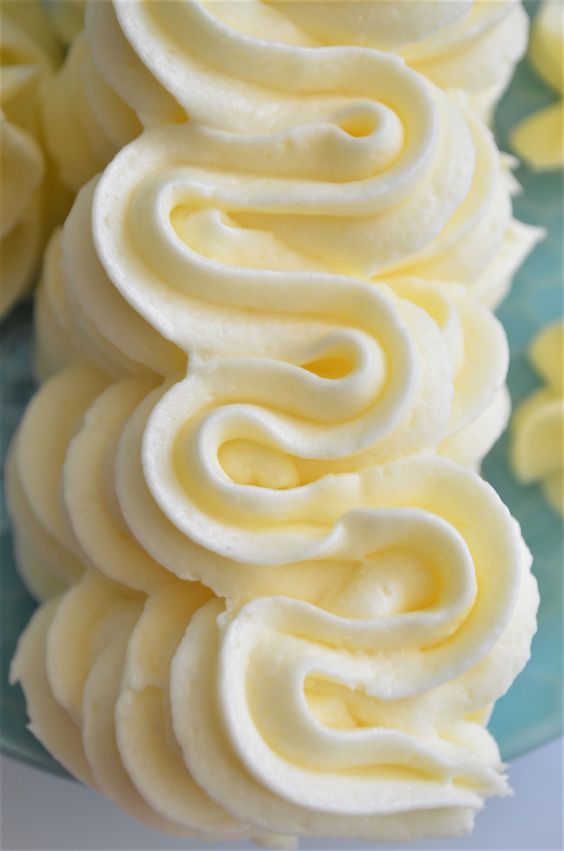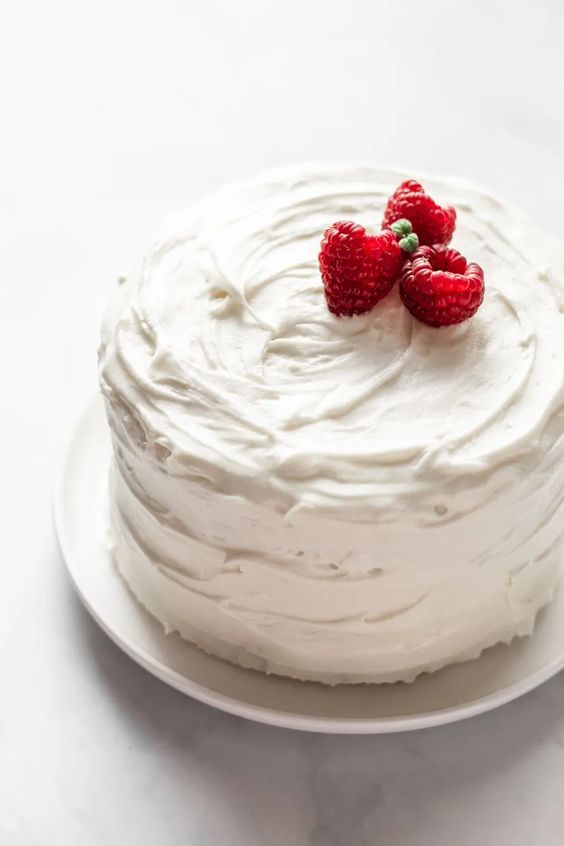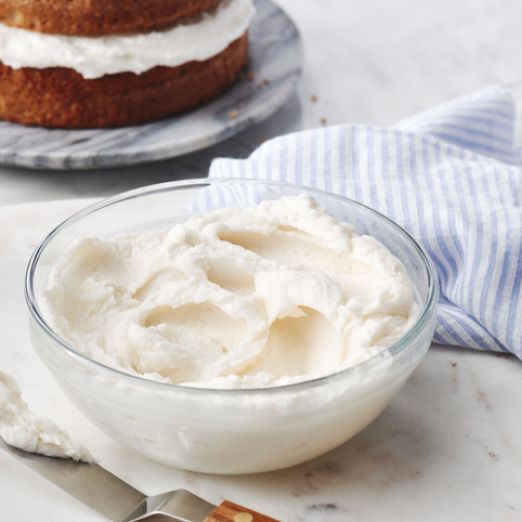Bavarian Cream, a delightful and luscious dessert, is a classic French custard-based confection with a Bavarian twist. This rich and creamy treat is known for its velvety texture and delicate flavor, making it a favorite among dessert enthusiasts worldwide. Bavarian Cream is characterized by its smooth, airy consistency, achieved through the incorporation of whipped cream or egg whites into a flavored custard base. Typically flavored with vanilla, chocolate, fruit purees, or liqueurs, it offers a versatile canvas for creative culinary experimentation. Whether served as a standalone dessert or incorporated into various pastries and cakes, Bavarian Cream remains a timeless and elegant indulgence for those seeking a taste of refined sweetness.
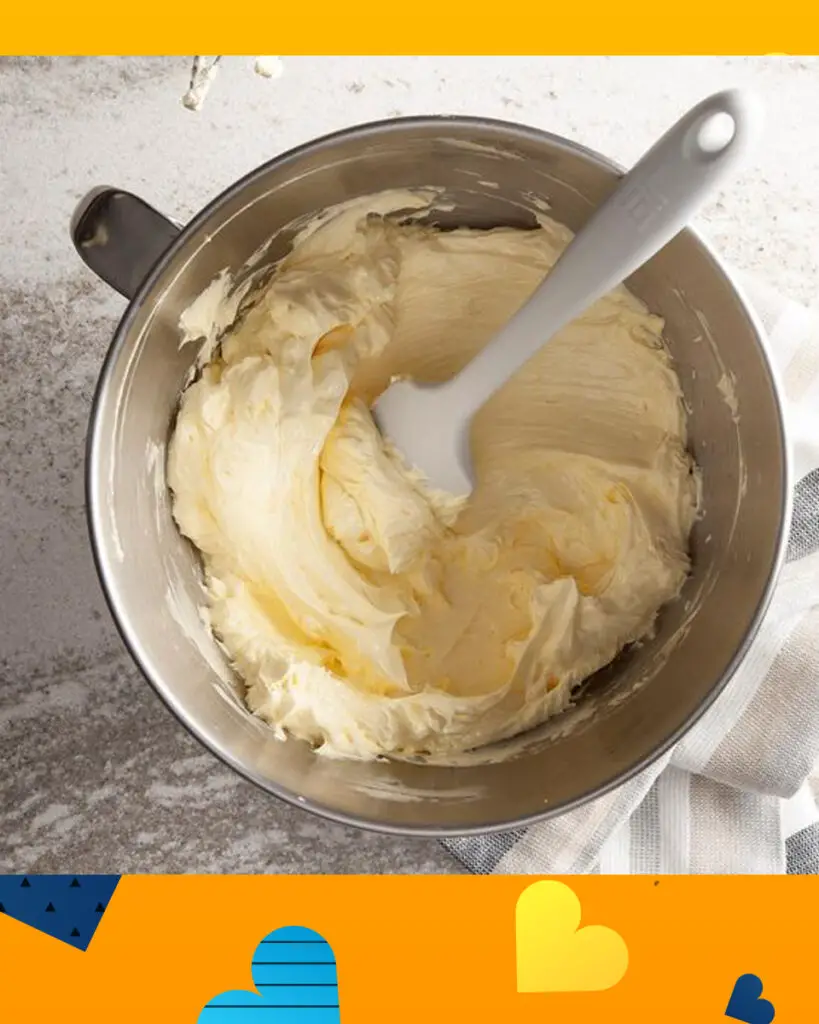
What is Bavarian Cream?
Bavarian Cream is a luxurious and classic dessert that originated in France, despite its name’s reference to Bavaria, a region in Germany. It is a custard-based dessert that is known for its smooth and creamy texture. The key components of Bavarian Cream include a rich custard base, which is typically made with egg yolks, sugar, and milk, and then flavored with ingredients such as vanilla, chocolate, fruit purees, or liqueurs. What sets Bavarian Cream apart from regular custard desserts is the addition of whipped cream or beaten egg whites, which gives it a light and airy consistency.
After the custard base is prepared and cooled, whipped cream or egg whites are gently folded in, creating a delicate mousse-like texture. Bavarian Cream is often molded into various shapes and can be served as a standalone dessert, garnished with fruits or a sauce, or used as a filling in pastries, cakes, and other confections. Its versatility and elegant, velvety texture make it a favorite in the world of desserts and a staple in fine dining establishments.
What is the difference between Bavarian Cream and regular custard?
Bavarian Cream and regular custard share a custard base as a common element, but there are distinct differences between the two:
- Texture and Consistency:
- Bavarian Cream: The defining feature of Bavarian Cream is its light and airy texture. This is achieved by folding whipped cream or beaten egg whites into the custard base. As a result, Bavarian Cream has a mousse-like consistency that is much lighter and fluffier compared to regular custard.
- Regular Custard: Regular custard, such as crème anglaise or crème brûlée, is characterized by its smoother, denser, and more pudding-like consistency. It does not incorporate whipped cream or beaten egg whites, which gives it a firmer and more traditional custard texture.
- Ingredients:
- Bavarian Cream: In addition to the standard custard ingredients like egg yolks, sugar, and milk, Bavarian Cream includes whipped cream or beaten egg whites. It can also feature various flavorings such as vanilla, chocolate, fruit purees, or liqueurs.
- Regular Custard: Regular custard primarily consists of egg yolks, sugar, and milk, with flavorings like vanilla often added. The essential difference is the absence of whipped cream or beaten egg whites.
- Applications:
- Bavarian Cream: Bavarian Cream is often used as a filling or component in more elaborate desserts, including cakes, pastries, and trifles. Its airy texture makes it a versatile addition to various confections.
- Regular Custard: Regular custard is frequently served on its own, like crème brûlée or crème caramel. It can also be used as a sauce or base for other desserts but is generally less airy than Bavarian Cream.
- Set and Serving:
- Bavarian Cream: Bavarian Cream is allowed to set in molds or serving dishes and is typically chilled until firm. It is served cold and can be unmolded onto a plate for an elegant presentation.
- Regular Custard: Regular custard can be served warm or chilled, depending on the specific dish. It often features a creamy, smooth consistency that can be spooned or poured.
In summary, the primary difference between Bavarian Cream and regular custard lies in their texture and the addition of whipped cream or egg whites in Bavarian Cream, giving it a lighter and fluffier quality. While both are delicious custard-based desserts, Bavarian Cream is known for its elegance and versatility, while regular custard is beloved for its simplicity and classic appeal.
Why you will love Bavarian Cream?
- Creamy and Luscious Texture: Bavarian Cream is celebrated for its velvety, mousse-like texture that melts in your mouth. The combination of whipped cream and custard creates a luxurious and indulgent experience.
- Versatile Flavor Options: Bavarian Cream can be flavored in a variety of ways, including vanilla, chocolate, fruit purees, and liqueurs. This versatility allows you to enjoy different flavors to suit your preferences.
- Elegant and Sophisticated: Bavarian Cream is often associated with fine dining and special occasions. Its elegant appearance and rich taste make it a dessert that feels truly indulgent.
- Dessert Component: It can be used in a wide range of desserts, from cake fillings and parfaits to tarts and pastries. Its adaptability makes it a favorite for creative bakers and dessert enthusiasts.
- Balanced Sweetness: Bavarian Cream strikes a harmonious balance between sweetness and richness, making it satisfying without being overly sugary.
- Classic Appeal: This dessert has a timeless quality, and its origins date back to the 19th century. It carries a sense of tradition and nostalgia for many.
- Beautiful Presentation: When molded and served, Bavarian Cream can be a visually stunning dessert. It’s often garnished with fruits, chocolate shavings, or coulis, enhancing its aesthetic appeal.
- Chilled Refreshment: Bavarian Cream is typically served cold, making it a refreshing choice, especially on warm days.
- Perfect for Special Occasions: Due to its luxurious nature and elegant presentation, Bavarian Cream is often chosen for celebrations, holidays, and special gatherings.
Whether you love Bavarian Cream for its texture, flavor options, or the memories it invokes, it is undeniably a dessert that has captivated the taste buds of many with its delightful and refined qualities.
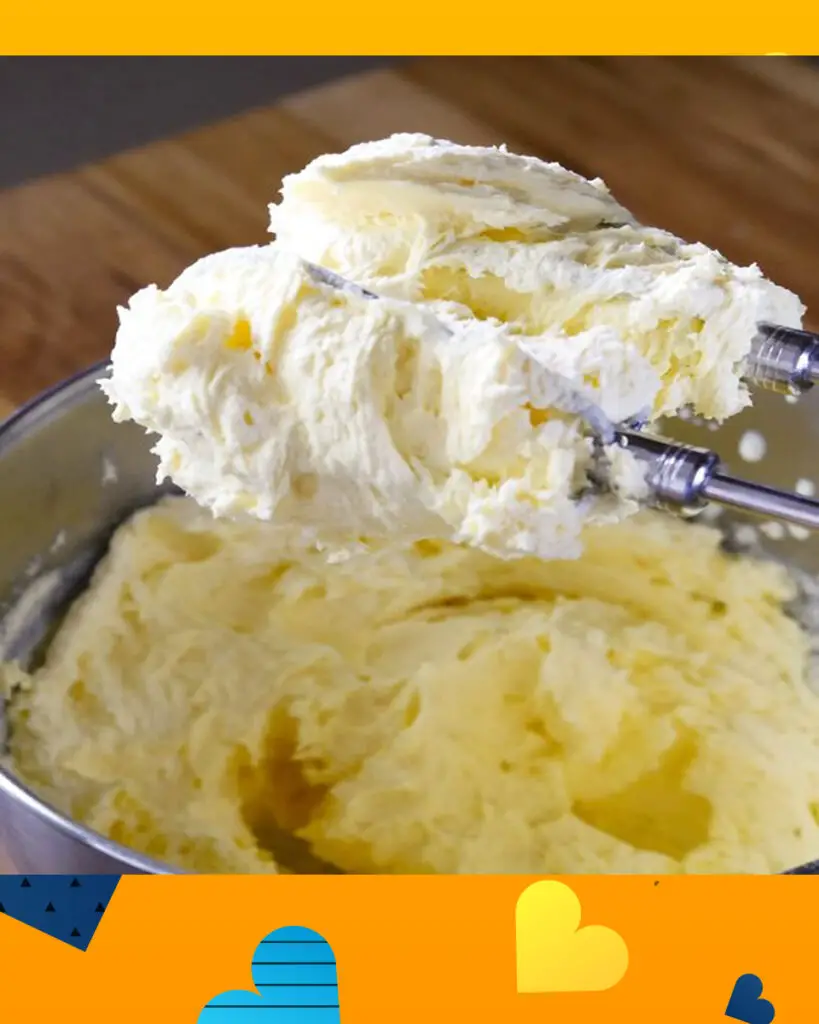
Bavarian Cream Recipe
Ingredients:
- 2 cups heavy cream
- 4 large egg yolks
- 1/2 cup granulated sugar
- 1/2 cup milk
- 1 vanilla bean (or 1 teaspoon pure vanilla extract)
- 2 1/4 teaspoons gelatin powder
- 3 tablespoons cold water
- Optional: Flavorings like chocolate, fruit puree, or liqueurs as desired
Instructions:
- Bloom the Gelatin:
- In a small bowl, sprinkle the gelatin over the cold water and let it sit for about 5 minutes to bloom. It will absorb the water and become spongy.
- Prepare the Custard:
- Split the vanilla bean lengthwise, if using, and scrape out the seeds with the back of a knife. Alternatively, use pure vanilla extract.
- In a saucepan, combine the milk, vanilla bean seeds (or vanilla extract), and half of the sugar. Heat the mixture over medium-low heat until it is just about to simmer, stirring occasionally. Do not let it boil.
- Whisk the Egg Yolks:
- In a separate bowl, whisk the egg yolks with the remaining sugar until the mixture is slightly thickened and pale in color.
- Temper the Eggs:
- Gradually pour a small amount of the hot milk mixture into the egg yolks while whisking continuously. This process is called tempering and helps prevent the eggs from curdling. Once you’ve incorporated a small amount of the hot mixture, you can slowly whisk in the rest of the milk.
- Cook the Custard:
- Pour the tempered egg mixture back into the saucepan with the remaining milk. Cook over low heat, stirring constantly, until the mixture thickens and coats the back of a spoon. This should take about 5-7 minutes. Do not let it boil.
- Add the Gelatin:
- Remove the custard from the heat and stir in the bloomed gelatin. Continue stirring until the gelatin is completely dissolved.
- Strain the Custard:
- Strain the custard through a fine-mesh sieve into a clean bowl to remove any bits of egg or vanilla bean. This ensures a silky-smooth texture.
- Flavor and Cool:
- If you wish to add a specific flavor, like melted chocolate, fruit puree, or liqueur, do so at this point. Stir until well combined.
- Whip the Cream:
- In a separate bowl, whip the heavy cream until stiff peaks form.
- Combine and Chill:
- Gently fold the whipped cream into the custard mixture until well incorporated. Be careful not to deflate the whipped cream; use a gentle folding motion.
- Set in Molds:
- Pour the Bavarian Cream into individual molds or serving dishes. You can also use one large mold if preferred.
- Chill and Serve:
- Refrigerate the Bavarian Cream for at least 4 hours or until it’s fully set. The longer it chills, the firmer it will become.
- To serve, you can unmold it onto a plate and garnish with fresh fruit, a drizzle of sauce, or a dollop of whipped cream, if desired.
Enjoy your homemade Bavarian Cream! It’s a delicious and elegant dessert that’s perfect for special occasions or a delightful treat anytime.
Nutrition information
The nutritional information for Bavarian Cream can vary depending on the specific recipe and serving size. Below is a general estimate for a typical serving of Bavarian Cream, based on a 1/6th portion of the recipe provided earlier:
Nutritional Information for Bavarian Cream (1/6th portion):
- Calories: Approximately 350-400 calories
- Total Fat: Approximately 30-35 grams
- Saturated Fat: Approximately 18-20 grams
- Cholesterol: Approximately 200-250 milligrams
- Sodium: Approximately 40-60 milligrams
- Total Carbohydrates: Approximately 15-20 grams
- Dietary Fiber: Minimal, if any
- Sugars: Approximately 15-20 grams
- Protein: Approximately 4-6 grams
Please note that these values are general estimates and can vary based on factors like the specific ingredients used and any additional flavorings or mix-ins. Additionally, the size of the serving can affect the overall nutritional content. If you require precise nutritional information, it’s recommended to calculate it based on the exact ingredients and serving size you use in your recipe.

Tips to make perfect Bavarian Cream
Making perfect Bavarian Cream can be a delightful yet slightly tricky culinary endeavor. Here are some tips to help you achieve a smooth and flawless Bavarian Cream:
- Read the Recipe Thoroughly: Start by carefully reading the Bavarian Cream recipe you plan to follow. Understand each step and ingredient requirement before you begin.
- Use Quality Ingredients:
- Use fresh and high-quality ingredients, especially for the eggs, cream, and flavorings. Fresh eggs and good-quality cream will contribute to a superior texture and taste.
- Temper the Eggs:
- When incorporating the hot milk into the egg yolks, be sure to add it gradually while whisking continuously. This prevents the eggs from curdling and ensures a smooth custard.
- Avoid Boiling:
- Never let the custard mixture boil. Keep the heat low and stir constantly to prevent overcooking and curdling.
- Strain the Custard:
- After cooking the custard, strain it through a fine-mesh sieve to remove any bits of egg or other solids. This step ensures a silky-smooth texture.
- Properly Dissolve Gelatin:
- Ensure that the gelatin is fully dissolved in cold water and that it has bloomed properly before adding it to the custard. Stir it until it’s completely incorporated.
- Whip Cream to Stiff Peaks:
- When whipping the heavy cream, be patient and whip it until stiff peaks form. This will ensure that the Bavarian Cream sets properly and is light and airy.
- Gentle Folding:
- When combining the whipped cream with the custard, use a gentle folding motion. Be careful not to overmix, as this can deflate the whipped cream and lead to a denser texture.
- Chill Adequately:
- Allow the Bavarian Cream to chill in the refrigerator for at least 4 hours or until it’s fully set. Longer chilling can result in a firmer texture.
- Consider Flavors:
- Experiment with different flavorings and mix-ins. Vanilla is classic, but you can use chocolate, fruit purees, or liqueurs to create various flavor profiles.
- Presentation:
- If you’re serving the Bavarian Cream unmolded, consider greasing the mold lightly with a neutral oil or non-stick cooking spray. This makes it easier to release the dessert.
- Garnish Creatively:
- Add garnishes like fresh fruit, fruit coulis, chocolate shavings, or a dollop of whipped cream to enhance the presentation and flavor.
- Plan Ahead:
- Bavarian Cream is best made in advance. It allows the flavors to meld and the dessert to set properly, making it easier to serve.
By following these tips and paying attention to the details, you can create a perfect Bavarian Cream that’s both delicious and visually appealing. Remember that practice often leads to better results, so don’t be discouraged if your first attempt isn’t flawless.
How to serve
Bavarian Cream is a versatile and elegant dessert that can be served in various ways to suit different occasions. Here are some common methods for serving Bavarian Cream:
- Unmolded and Garnished:
- One classic presentation is to unmold the Bavarian Cream onto a serving plate or dessert dish. To do this, lightly grease the mold with a neutral oil or non-stick cooking spray before filling it. Once the Bavarian Cream has set, run a knife around the edge of the mold to help release it. Place a serving plate over the top of the mold, invert it, and gently tap to release the dessert. Garnish with fresh fruit, fruit coulis, chocolate shavings, or a dollop of whipped cream.
- In Ramekins or Dessert Glasses:
- Serve Bavarian Cream in individual ramekins or dessert glasses for an elegant and easy-to-serve presentation. Simply spoon the Bavarian Cream into each serving dish and add garnishes as desired.
- As a Cake Filling:
- Bavarian Cream can be used as a filling in cakes, pastries, and other baked goods. It adds a delightful creamy layer to your confections. Simply spread or pipe the Bavarian Cream between cake layers or into pastry shells.
- In Parfaits or Trifles:
- Layer Bavarian Cream with other complementary components like cake pieces, fruit, or cookie crumbs to create parfaits or trifles. This creates a visually appealing dessert with layers of flavor and texture.
- With a Sauce:
- Drizzle a sauce over your Bavarian Cream for an extra burst of flavor. Common choices include fruit coulis (a thick fruit sauce), chocolate sauce, caramel, or berry compote.
- Tarts and Pastries:
- Use Bavarian Cream as a filling in tart shells or pastries. Top it with fresh fruit, chocolate shavings, or a glaze for added visual appeal.
- Garnish Creatively:
- Use your creativity to garnish Bavarian Cream with edible flowers, mint leaves, or other decorative elements to make it even more visually appealing.
- On Its Own:
- While Bavarian Cream is often incorporated into other desserts, it’s perfectly delightful on its own. Simply spoon it into serving dishes, garnish lightly, and enjoy its creamy goodness.
- Chilled or at Room Temperature:
- Bavarian Cream is typically served chilled, but it can also be served at room temperature for a slightly different experience. The choice depends on your preference and the specific recipe.
When serving Bavarian Cream, consider the occasion and your presentation style. Whether it’s an elegant dinner party or a simple family dessert, Bavarian Cream can be adapted to suit various settings and is sure to impress with its creamy texture and delightful flavors.

How to store
Storing Bavarian Cream properly is essential to maintain its texture and prevent spoilage. Here are some guidelines for storing Bavarian Cream:
- Refrigeration: Bavarian Cream should be stored in the refrigerator. As a custard-based dessert, it is perishable and should not be left at room temperature for extended periods.
- Cover: Always cover the Bavarian Cream to prevent it from drying out and absorbing any odors from the refrigerator. Use plastic wrap, aluminum foil, or an airtight container.
- Avoid Overcrowding: If you’re storing individual servings in containers, avoid stacking them to ensure that they maintain their shape and texture.
- Label and Date: If you’re making multiple batches or planning to store it for an extended period, it’s a good practice to label the container with the date of preparation. This helps you keep track of its freshness.
- Consume Promptly: Bavarian Cream is best when it’s freshly made or consumed within a few days. While it may remain safe to eat for a bit longer, its quality, flavor, and texture are best within the first few days.
- Freezing (Caution): It’s generally not recommended to freeze Bavarian Cream, as freezing can affect its texture and lead to separation. If you choose to freeze it, be aware that the texture may not be the same when thawed. Store it in an airtight, freezer-safe container and thaw it slowly in the refrigerator.
- Inspect Before Serving: Before serving, check the Bavarian Cream for any signs of spoilage, such as an off smell, unusual texture, or separation. If it appears or smells off, it’s safer to discard it.
Remember that Bavarian Cream contains dairy and eggs, so proper storage and timely consumption are crucial to ensure food safety. Always err on the side of caution when dealing with perishable desserts.
FAQ’s
- What is the origin of Bavarian Cream? Bavarian Cream, despite its name, is a classic French dessert that gained popularity in the 19th century.
- What is the difference between Bavarian Cream and regular custard? The key distinction is the addition of whipped cream or beaten egg whites to Bavarian Cream, which gives it a lighter and airier texture compared to traditional custard.
- What flavors can I use in Bavarian Cream? You can flavor Bavarian Cream with a variety of ingredients, including vanilla, chocolate, fruit purees (such as raspberry or strawberry), coffee, and even liqueurs like Grand Marnier or Kahlúa.
- Can I make Bavarian Cream in advance? Yes, Bavarian Cream can be prepared in advance and refrigerated. It’s best to make it a few hours or even a day ahead to allow it to set properly.
- Can I freeze Bavarian Cream? Freezing Bavarian Cream is not recommended, as it may alter its texture and lead to separation.
Troubleshooting:
- My Bavarian Cream turned out runny. What went wrong? This could be due to overmixing or not allowing the custard to set properly. Ensure that you follow the recipe closely and let the custard cool and set before folding in the whipped cream or egg whites.
- My Bavarian Cream has lumps. How do I fix this? Lumps can form if the custard is not properly tempered or if you rush the process. You can strain the mixture to remove any lumps, or better yet, follow the recipe steps meticulously to prevent lumps from forming.
- Why is my Bavarian Cream not holding its shape? If your Bavarian Cream is not firm enough, you may not have beaten the whipped cream or egg whites to the right consistency. Ensure they are properly whipped until stiff peaks form before folding them into the custard.
- My Bavarian Cream is too sweet/bland. How can I adjust the flavor? Adjust the sweetness by adding more or less sugar to the custard base. To enhance the flavor, consider using a different extract or flavoring, such as a stronger vanilla extract or more of your chosen flavoring.
- Can I fix curdled Bavarian Cream? If your Bavarian Cream has curdled, it may be challenging to salvage. In some cases, you can try gently reheating it and whisking to see if it comes together. However, prevention is key, so be careful with the custard’s temperature and ensure proper mixing.
Remember that making Bavarian Cream can be a bit tricky, and practice often leads to better results. Following a trusted recipe and paying attention to the details, such as proper tempering, can help you create a smooth and delectable Bavarian Cream.
Happy baking!



